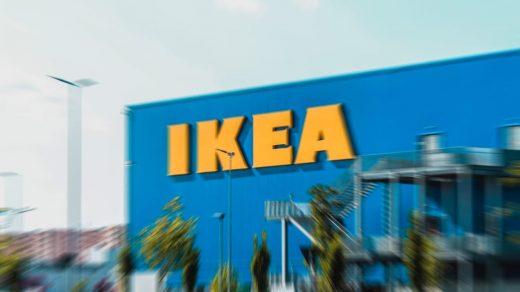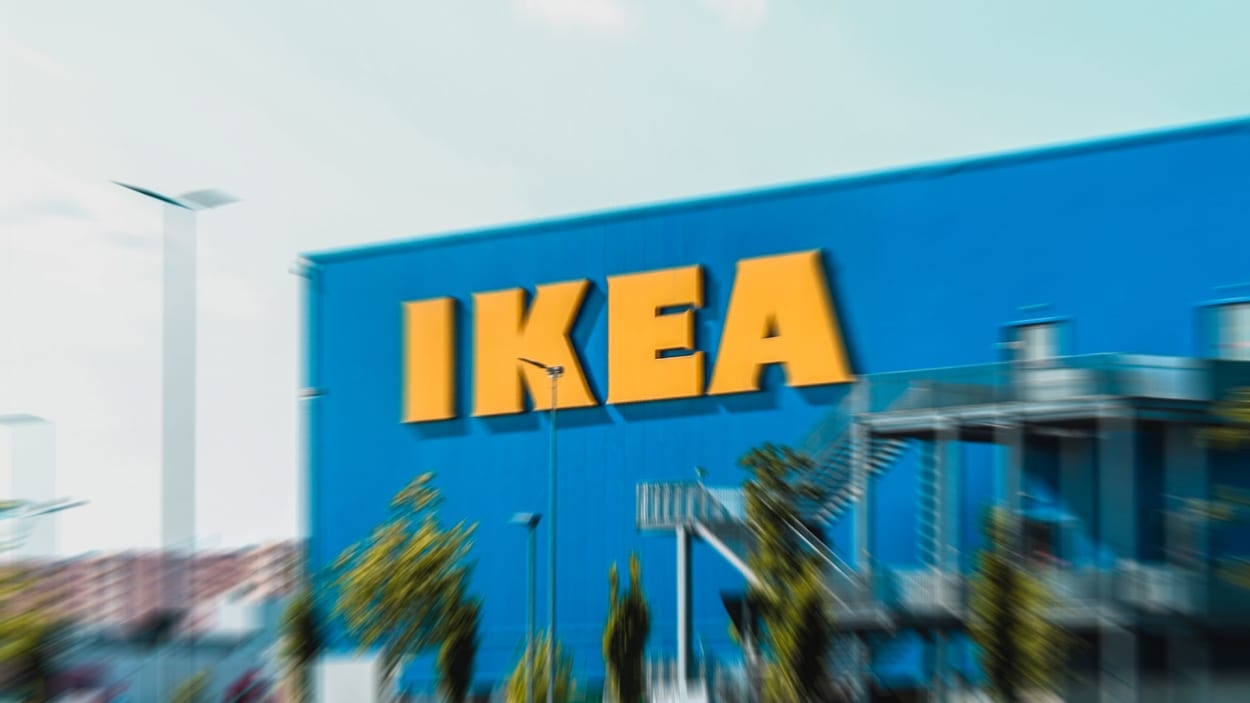Ikea takes on the likes of Walmart and Target with its largest-ever U.S. investment
Ikea announced plans on Thursday to invest some $2.2 billion over the next three years, the most spent on one country in its 80-year history, to compete with the likes of Walmart, Amazon, and Target.
In a press release, the furniture maker called its commitment “the largest investment in the company’s four decades in the U.S.,” noting its focus will be opening new locations and expanding fulfillment networks to reach more Americans, at a time when other big-box chains are dialing back, and even Amazon’s brick-and-mortar footprint is shrinking.
“We see endless opportunities to grow there and get closer to the many Americans with affordable products and services,” Tolga Öncü, Ikea’s head of retail at parent company Ingka Group, said in the release.
New locations, new hubs
Loosely speaking, the expansion will add eight flagships to Ikea’s current U.S. store count (51). It will also add 900 local pickup points—spots similar to Amazon Hub Lockers, but that can accommodate whole pieces of furniture.
Per the release, nine new Plan & Order locations will also open nationwide, with the first arriving in the D.C. metro area. These locations function as studios of sorts; customers can see, touch, and compare products in person for a big kitchen or bathroom renovation project, then place orders for delivery. Plan & Order spots don’t actually keep items in stock for purchase, which allows them to slip into smaller storefronts. “The whole intention here is to be closer to many more Americans,” Ikea U.S. CEO Javi Quiñones told CNBC on Thursday.
The multibillion-dollar investment also puts fresh money into Ikea’s ongoing effort to modernize stores, specifically to achieve its goal of becoming “climate positive” by 2030. Ikea said that means installing solar panels and geothermal technology in existing flagships, on top of switching to EV delivery trucks and extending programs like As-Is Online, where customers can browse gently used products, and Buy Back & Resell, which allows them to exchange used furniture for store credit.
Meanwhile, Walmart just announced it’s closing one half of its Chicago’s stores, all but one of which are found in West Side and South Side—two sections of the city with large Black and Hispanic neighborhoods that Walmart had originally hoped to break into, to expand beyond its largely suburban and smaller-town customer base. Last week, Amazon grabbed national headlines for saying it would close downtown San Francisco’s flagship Whole Foods, citing drug use and crime. Ikea is opening a new flagship of its own two blocks away as soon as next month, and it’s confirmed there are no plans to back out (though it has stated the new location “will be staffed with a security team at all times”). At the same time, this broader U.S. expansion could help Ikea reach out-of-the-way towns and rural areas that have never had their own store.
For the moment, Ikea is staying mum about the specific geographic contours of the expansion. Though Öncü did tease Thursday, in an interview with Reuters, that they see opportunities “in all the states across the U.S.,” but, “in particular, the South, where we see big demand that we have not so far been able to respond to.”
(30)



